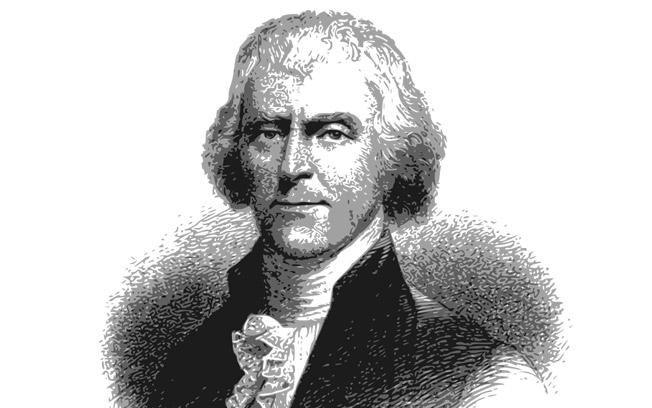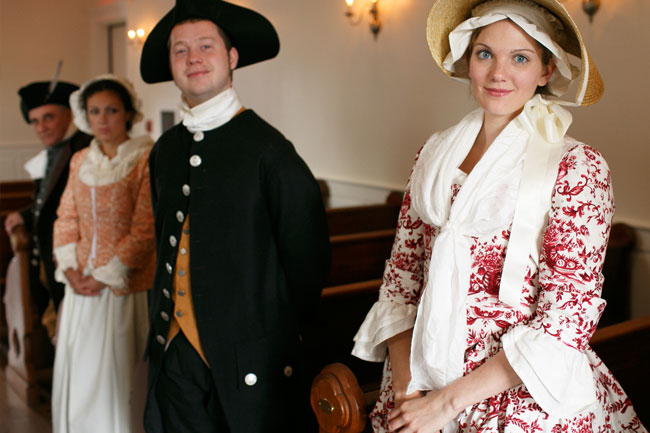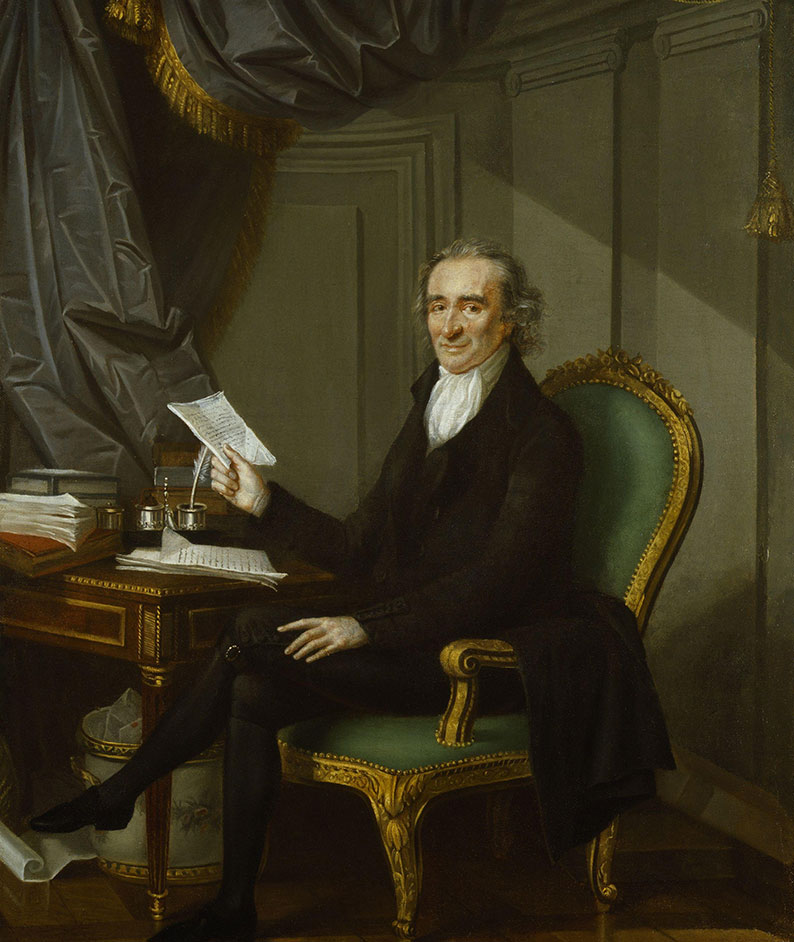Born on April 13, 1743, Thomas Jefferson was a leading figure in our country’s quest for independence. A native of Virginia, Jefferson also played important roles in the early history of our fledgling nation as its Minister to France, Secretary of State and third President.
A true Renaissance man, Jefferson is known for his many talents in writing, economics, religion and philosophy as well as horticulture and mathematics. He spoke 6 languages including English, French, Greek, Italian, Latin and Spanish. He also had a love for the written word, having written over 19,000 letters in his lifetime.




